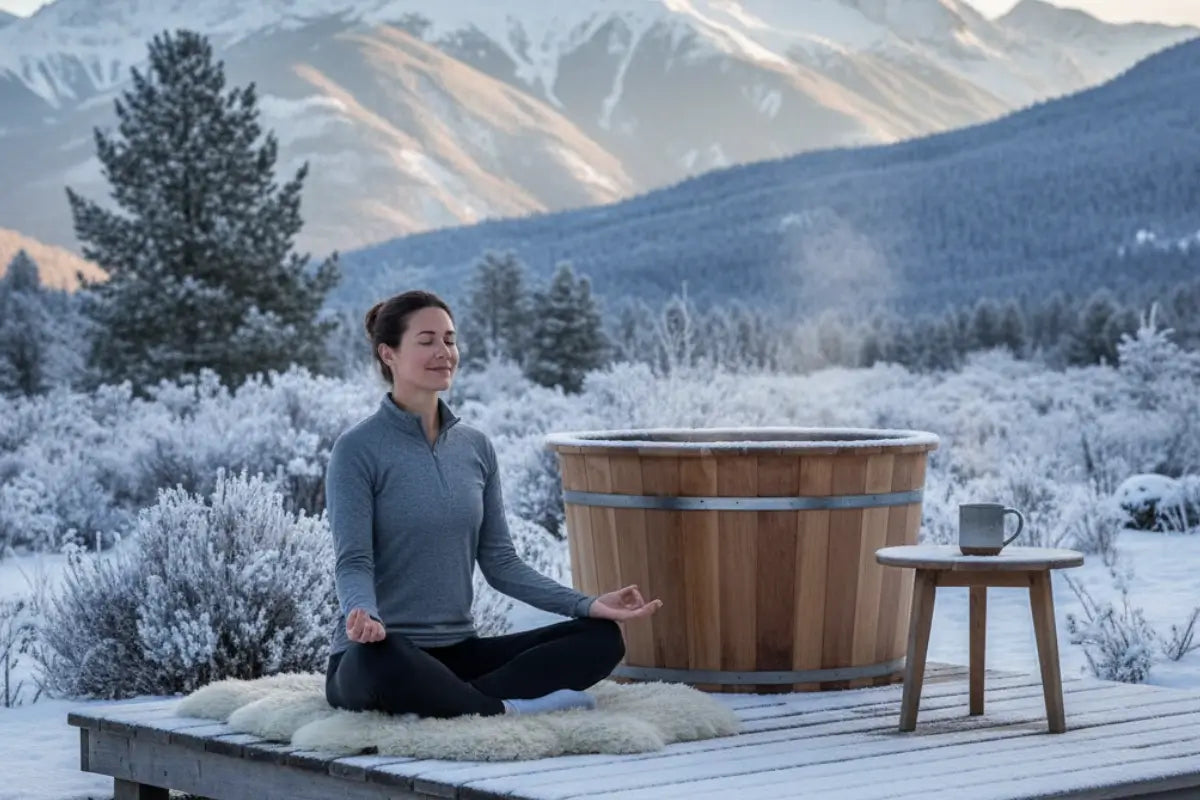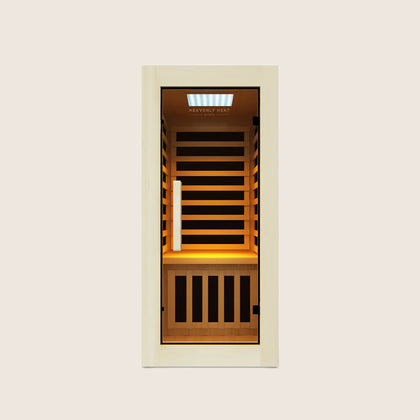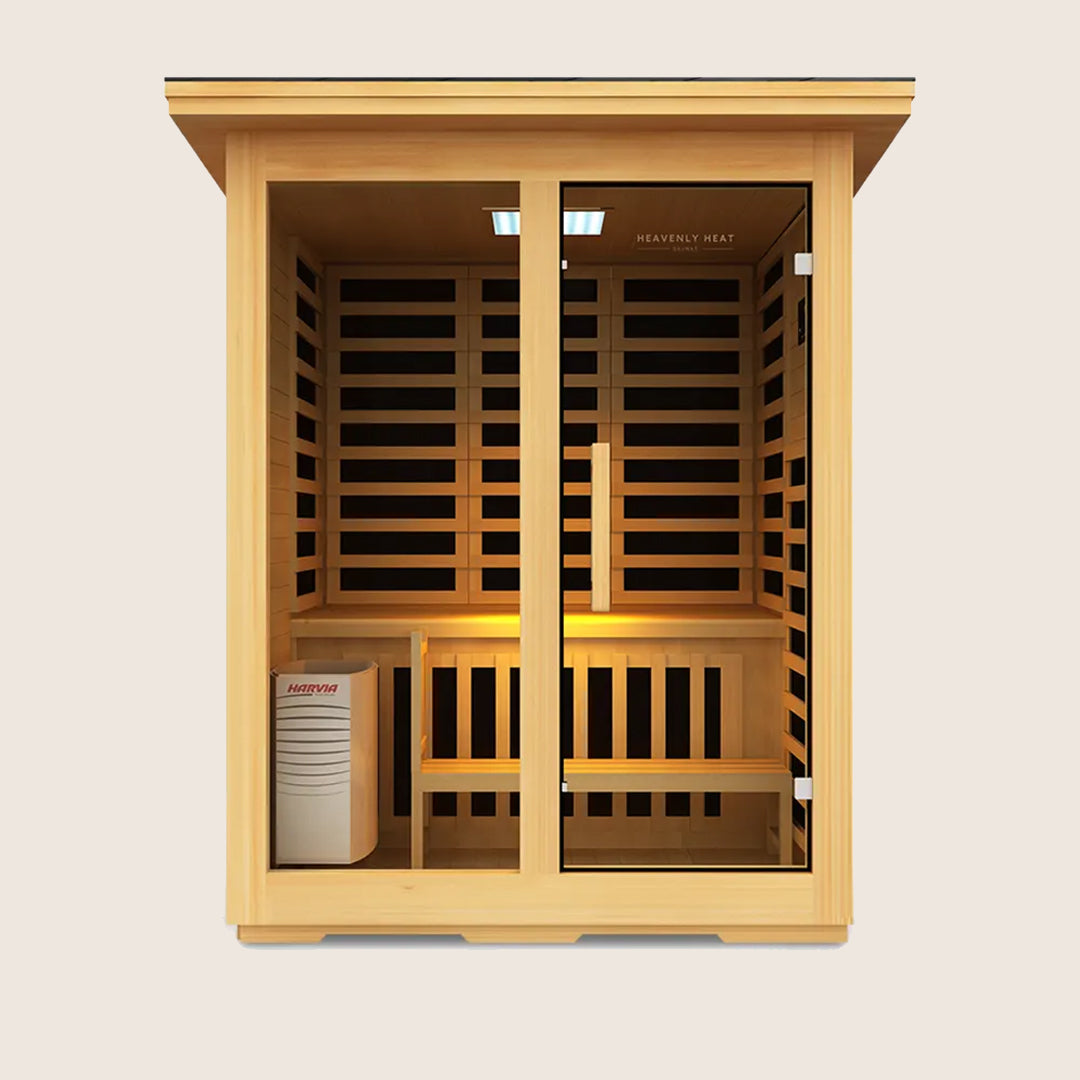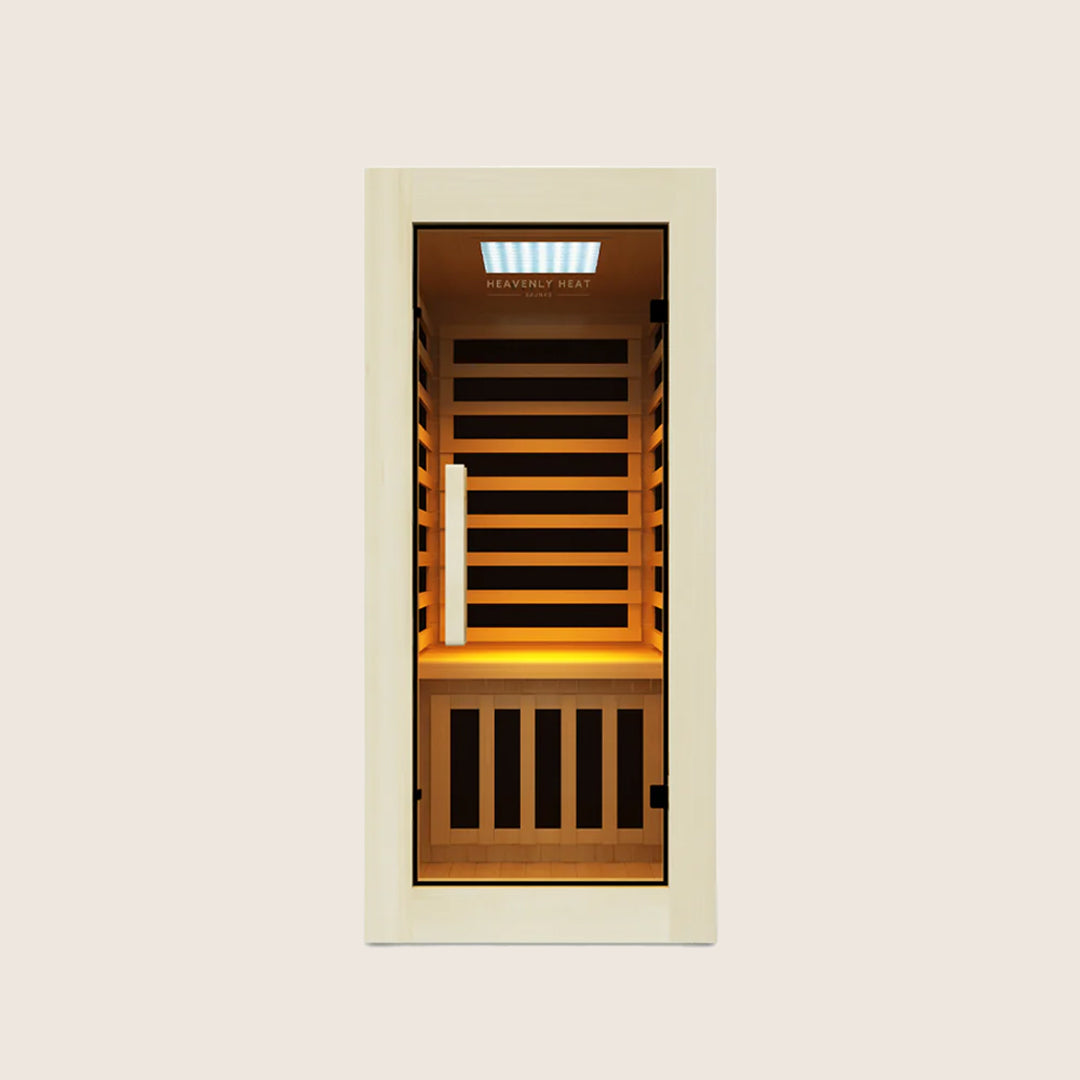5 Best Times to Do Cold Plunge for Maximum Benefits

Cold plunging isn’t just a trend, it’s a powerful way to boost energy, improve mood, and speed up recovery.
Whether you want to start your day sharp, power through workouts, or relax before bed, timing matters.
Discover the five best times to do a cold plunge and unlock its full benefits for your body and mind.
Key Takeaways
Boost Morning Energy: Start your day with a cold plunge to sharpen focus, elevate mood, and improve alertness.
Time Your Workouts: Use cold plunges before endurance sessions for fatigue resistance, and after strength training for faster recovery.
Reduce Muscle Soreness: Post-exercise cold immersion can help limit inflammation, decrease soreness, and support faster recovery.
Midday Reset: Take a cold plunge around noon to fight the afternoon slump, improve circulation, and lift mood.
Evening Recovery: An evening cold plunge paired with a cool sleeping environment can enhance relaxation, support sleep, and aid natural recovery.
What Is Cold Plunging and How Does It Work?
Cold plunging, or immersing the body in cold water, is becoming a popular method for recovery and overall wellness.
Research highlighted in Frontiers in Physiology indicates that medium-duration cold water immersion (10–15 minutes at 5–15°C) can significantly reduce muscle soreness, lower creatine kinase levels, and enhance post-exercise performance.
Similarly, the Mayo Clinic Health System notes that cold-water immersion helps decrease inflammation and exercise-induced muscle damage, allowing muscles to recover more quickly.
Cold plunging also influences stress hormones: a study by Teległów et al., 2025 found that regular winter swimmers experienced higher adrenaline during immersion, followed by reduced adrenaline and noradrenaline and a slight increase in cortisol the following day, suggesting improved stress regulation.
Altogether, these effects explain why cold plunging not only relieves post-workout muscle discomfort but also supports mental well-being.
While results are promising, experts emphasize that the benefits depend on water temperature and duration, and further research is needed to optimize safe and effective practices.
5 Best Times to Do Cold Plunge for Maximum Benefits
Early Morning (6–8 AM)
Kicking off your day with a cold plunge can be an energizing way to boost alertness, focus, and overall mood.
Cold-water immersion (CWI) stimulates the sympathetic nervous system, causing a rise in noradrenaline, a neurotransmitter that sharpens focus, helps manage stress, and can even trigger a mild sense of euphoria.
Neuroscientist Andrew Huberman suggests doing cold therapy in the morning, as the resulting rise in body temperature naturally wakes you up, making it more effective at the start of the day than before bedtime.
Even a quick cold shower can lower cortisol and elevate dopamine, improving motivation and emotional resilience.
Supporting these effects, research by Yankouskaya et al. (2023) showed that participants felt more active, attentive, proud, and inspired after cold-water immersion, while feelings of distress and nervousness dropped.
The study also linked these positive shifts in mood to changes in brain connectivity, indicating that morning cold plunges not only invigorate the body but also enhance mental clarity and productivity throughout the day.
Before Workout (30–60 Minutes Prior)
Cold plunging before a workout can have mixed effects depending on your goals. Research highlighted in Nutrients shows that precooling, such as external cold exposure, can boost endurance performance in hot conditions, improving time-to-exhaustion and time-trial results, especially for running.
The cooling helps delay fatigue during prolonged exercise, giving endurance athletes a potential edge.
However, using cold plunges before strength or power sessions may backfire. Studies indicate that chilled muscles can struggle to generate force, which can reduce sprinting, jumping, or lifting performance.
For recovery, insights from Frontiers in Physiology emphasize that cold water immersion after exercise can effectively reduce muscle soreness, lower markers of muscle damage like creatine kinase, and speed up fatigue recovery.
Essentially, a pre-workout cold plunge may help if your focus is endurance in heat, but for strength, power, or explosive movements, it’s better to save cold therapy for after training to support recovery and maintain performance.
After Workout (Immediately Post-Exercise)
Taking a cold plunge right after a workout has become one of the most talked-about recovery methods, and research paints a balanced picture of its benefits.
On the positive side, studies show that cold water immersion can reduce exercise-induced muscle damage, the small tears in muscle fibers that often lead to soreness and slower recovery.
By limiting this damage, athletes may feel less sore and return to training with better performance the next day.
Yet, not all findings are in agreement. For instance, a study in The Journal of Physiology found that cold water immersion was no more effective than simple active recovery, such as light cycling, when it came to reducing inflammation or cellular stress after resistance exercise.
In contrast, a systematic review published in Frontiers in Physiology highlighted that cold plunges helped lower delayed-onset muscle soreness, reduce fatigue, and decrease markers like creatine kinase and lactate within 24 to 48 hours.
So, while the anti-inflammatory effects might be modest, cold plunging still offers meaningful relief and supports faster recovery after tough workouts.

Midday (12–2 PM)
Around midday, your body is naturally warmer and more alert than in the early morning, making a cold plunge feel especially refreshing.
While body temperature peaks later in the afternoon, plunging at noon offers a powerful reset right when many people hit the afternoon slump.
Cold exposure sparks a rush of circulation and oxygen, delivering a clean burst of energy without the crash of coffee or sugar.
Just 2–5 minutes in the cold can sharpen focus, lift fatigue, and restore motivation, perfect for a busy schedule.
By midday, cortisol, your body’s main stress hormone, is already tapering off, so a plunge can help balance energy levels and keep you productive through the rest of the day.
Research also shows cold immersion may lower stress for up to 12 hours and even improve mood and resilience with regular practice.
For anyone seeking a quick, science-backed recharge, a midday cold plunge is a simple yet powerful way to reset both body and mind.
Evening (8–10 PM)
Taking a cold plunge in the evening can be a refreshing way to support better sleep and overall recovery, but timing and temperature are key.
Studies highlighted in Current Opinion in Physiology suggest that lowering body temperature before bedtime encourages melatonin production, the hormone that helps you fall and stay asleep, promoting deep, restorative rest.
Sleeping in a cooler environment, around 60–67°F (15–19°C), may help you drift off faster, reduce insomnia symptoms, and even lift your mood by supporting serotonin levels.
While cold exposure after evening workouts was traditionally believed to reduce muscle inflammation, research by Peake et al., 2016, shows that cold water immersion is no more effective than gentle active recovery in minimizing inflammation or cellular stress in human muscles.
Nevertheless, combining an evening cold plunge with a cool sleeping environment can enhance relaxation, aid natural recovery, and help you wake up feeling refreshed.
Incorporating this simple routine can be an easy, natural strategy to boost sleep quality and overall recovery.

Risks of Cold Plunging at the Wrong Time
Cold plunging at the wrong time can be dangerous: it may trigger cardiovascular shock in those with heart conditions, suppress muscle growth if done after strength training, worsen illness during fever, disrupt sleep when done before bed, and impair flexibility, strength, and increase injury risk before workouts.
Benefits of Combining Cold Plunging With Sauna or Heat Therapy
Switching between the warmth of a sauna and the chill of a cold plunge offers remarkable benefits for both body and mind.
As your blood vessels expand in heat and contract in cold, this “vascular exercise” boosts circulation and supports heart health.
Contrast therapy may also help muscles recover faster and reduce inflammation after workouts, giving your body a natural way to heal.
The benefits extend to mental well-being too. Studies show that cold-water immersion can lift mood and lower stress.
For instance, students who spent 20 minutes in cold seawater reported feeling less tension, anger, fatigue, and confusion, while experiencing more energy and self-esteem.
Even short five-minute cold baths helped adults feel alert, attentive, proud, and inspired. Combining heat and cold isn’t just invigorating, it’s a simple, holistic approach that strengthens your body, refreshes your mind, and leaves you feeling rejuvenated.
FAQs
Is it better to cold plunge before or after a workout?
Cold plunging can affect your body differently depending on whether you do it before or after a workout. Taking an ice bath before exercise can lower your core temperature, delay overheating, and improve endurance, especially in hot conditions. It also sharpens mental focus by boosting norepinephrine, making intense or precision-based workouts feel more manageable. However, pre-workout cold immersion may temporarily reduce muscle power and flexibility, which isn’t ideal for heavy strength training. On the other hand, post-workout cold plunges are highly effective for recovery. Research highlighted by Xiao et al., 2023, shows that immersing in cold water after exercise can significantly reduce muscle soreness, lower fatigue markers like creatine kinase, and speed up recovery without impacting inflammation markers such as CRP or IL-6. Experts in sports science recommend cold plunging immediately or within 1–2 hours after exercise to get the maximum benefit. In short, if you’re aiming for endurance or mental alertness in heat, a pre-workout plunge can help, but for muscle repair, soreness reduction, and strength recovery, post-workout cold immersion is the smarter choice.
Can you cold plunge at any time of day?
Yes, you can cold plunge at different times of the day, but the effects may vary depending on when you do it. A morning plunge can give your energy and alertness a noticeable boost. Cold water triggers a surge of adrenaline and noradrenaline, making you feel more awake, focused, and ready to take on the day. These effects can last beyond the plunge, improving both mental clarity and physical performance. Cold plunges also help manage stress by releasing endorphins and lowering cortisol, the body’s main stress hormone, which can enhance mood and reduce anxiety. The timing isn’t one-size-fits-all: some people thrive with a morning plunge to kickstart productivity, while others prefer an evening dip to relax and unwind after a busy day. Ultimately, whether you’re looking for a mental wake-up, a boost in energy, or a stress-relieving ritual, cold plunging can be a simple and effective way to support your overall well-being.
Can you do the cold plunge pregnant?
Experts at Inspira Health warn that exposing your body to extreme cold during pregnancy, such as ice baths or cold plunges, can carry significant risks. Research, including a study from the National Institutes of Health, shows that very cold temperatures early in pregnancy may increase the chance of preterm birth, while exposure later on can lead to low birth weight. Extreme cold makes blood vessels constrict, which reduces blood flow to the uterus and placenta, limiting oxygen and nutrients for the baby. A review in Environmental Health Perspectives also highlights that sudden temperature changes can affect maternal circulation and fetal heart rate, adding extra stress for both mother and baby. While short, mild cold exposure is usually harmless, health professionals recommend safer alternatives like cold or warm compresses, brief cold showers, and gentle yoga. These methods help manage stress, reduce inflammation, and support recovery without putting your pregnancy at risk. Listening to your body and avoiding extreme cold is the safest approach.
Can you do a cold plunge after the sauna?
Yes! Doing a cold plunge after a sauna boosts circulation, eases muscle soreness, and improves mental clarity. start slowly, avoid if you have heart issues, and stay hydrated. Similar benefits come from contrast showers, ice baths, or hot-cold foot soaks.
Can you do a cold plunge while breastfeeding?
Cold plunges while breastfeeding lack extensive research; they may reduce milk supply due to vasoconstriction or cause dehydration, though some report increased milk flow and improved mood. Consult a healthcare professional, stay hydrated, monitor your body, and start with short, moderate exposures for safety and guidance.























